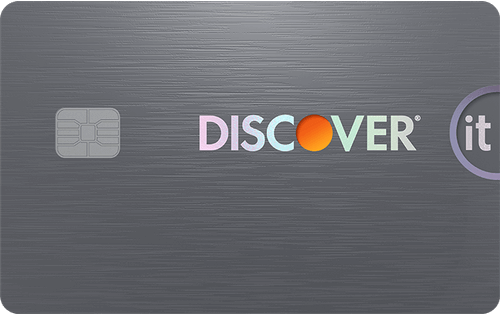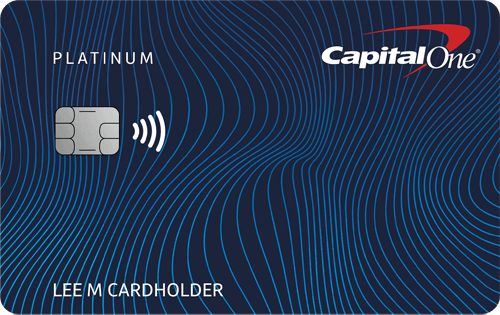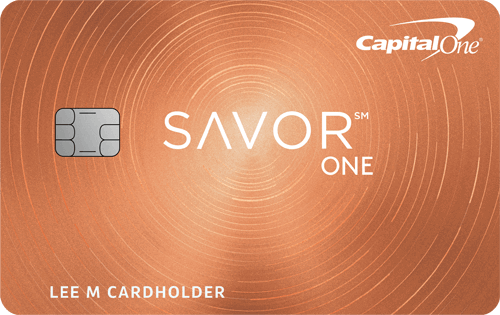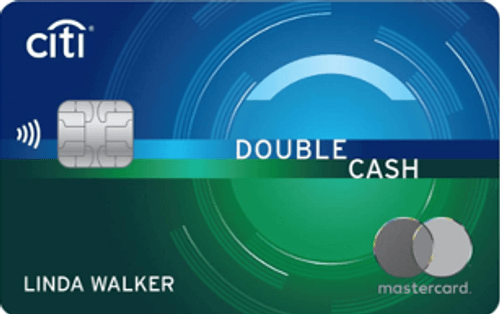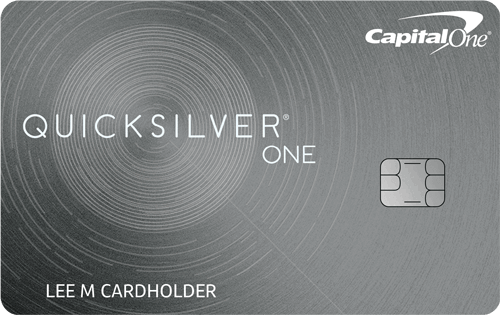- What are the best credit cards to build credit with?
- Best credit cards to build credit compared
- Why using a credit card responsibly is the best way to build credit
- Methodology
- Sources
- About the author
- User questions & answers
- Expert opinions
What Are the Best Credit Cards to Build Credit With?
We recommend seeking out the cheapest offer that you can get approved for. Your goal at this stage should be to start building your credit as soon as possible. If you’re looking for a card to rebuild your credit with, check out the best credit cards for bad credit.
Best Credit Cards for Building Credit Compared
| Credit Card | Best For | Editor's Rating |
| Petal® 2 Visa® Credit Card | Overall | 5/5 |
| Discover it® Secured Credit Card | Bad Credit | 5/5 |
| OpenSky® Plus Secured Visa® Credit Card | After Bankruptcy | 4.5/5 |
| Indigo® Mastercard® for Less than Perfect Credit | No Deposit | 2/5 |
| Capital One QuicksilverOne Cash Rewards Credit Card (see Rates & Fees) | Rewards | 4.7/5 |
Why Using a Credit Card Responsibly Is the Best Way to Build Credit
- Credit Cards Don’t Have to Cost You a Thing: There are plenty of no annual fee credit cards for people with no credit or bad credit. And credit building doesn’t require making purchases. Even a credit card with zero balance will help you. That’s key because loans will generally force you into debt.
- Credit Cards Report Monthly to Credit Bureaus: All major credit cards report information to the three major credit bureaus on a monthly basis, usually at the end of your billing cycle. This gives you the opportunity to quickly establish credit history from scratch or reduce the impact of previous mistakes. You just have to pay your bill on time.
- Credit Cards Are Pretty Easy to Get: The easiest credit cards to get, which are generally secured cards, offer nearly guaranteed approval. You just need to be at least 18 years old with enough income or assets to make monthly minimum payments. In other words, there isn’t much standing in the way of you building credit.
Methodology for Selecting the Best Credit Cards to Build Credit
To identify the best credit cards with which to build credit, WalletHub’s editors regularly compare 1,500+ credit card offers based on key WalletHub Rating components, including their approval requirements, fees, rewards, initial bonus, and interest rates. We also take some key secondary factors into account, such as whether a security deposit is required or an applicant must be a student to qualify.
We start by identifying the cards with the lowest annual fees, preferably $0 per year, as it is best to keep costs low while building credit. We then identify the cards with the best rewards, using low APRs as a tiebreaker, because people working to build credit should strive to pay their credit card bill in full every month. Finally, the cards with the lowest two-year cost are selected.
How Two-Year Cost Is Calculated
Two-year cost is used to approximate the monetary value of cards for better comparison and is calculated by combining annual and monthly membership fees over two years, adding any one-time fees or other fees (like balance transfer fees), adding any interest costs, and subtracting rewards. Negative amounts indicate savings. When fees or other terms are presented as a range, we use the midpoint for scoring purposes.
Rewards bonuses and credits have been taken into account for two-year cost calculations. However, bonuses applicable to only a very small portion of cardholders are not considered. For example, credits and bonuses awarded for spending or redeeming rewards through a company portal with non-co-branded cards have not been taken into account. Similarly, bonuses and credits related to spending with specific merchants using a non-co-branded card have not been taken into account (for example, if Card A offers credits with DoorDash, this feature would not be factored into calculations because it is hard to assess how many cardholders would use the benefit or exactly how much value they'd get from it).
Cardholder Spending Profiles
Given that different users have different goals and are likely to use their credit cards differently, we identified spending profiles that are representative of different users’ financial priorities and behaviors. For each cardholder type, we have assumed a specific amount of monthly spending by purchase type (e.g., groceries, gas, etc.), as well as an average balance, balance transfer amount, amount spent on large purchases and average monthly payment. Spending assumptions are based on Bureau of Labor Statistics data.
Sources
WalletHub actively maintains a database of 1,500+ credit card offers, from which we select the best credit cards to build credit for different applicants as well as derive market-wide takeaways and trends. The underlying data is compiled from credit card company websites or provided directly by the credit card issuers. We also leverage data from the Bureau of Labor Statistics to develop cardholder profiles, used to estimate cards’ potential savings.
